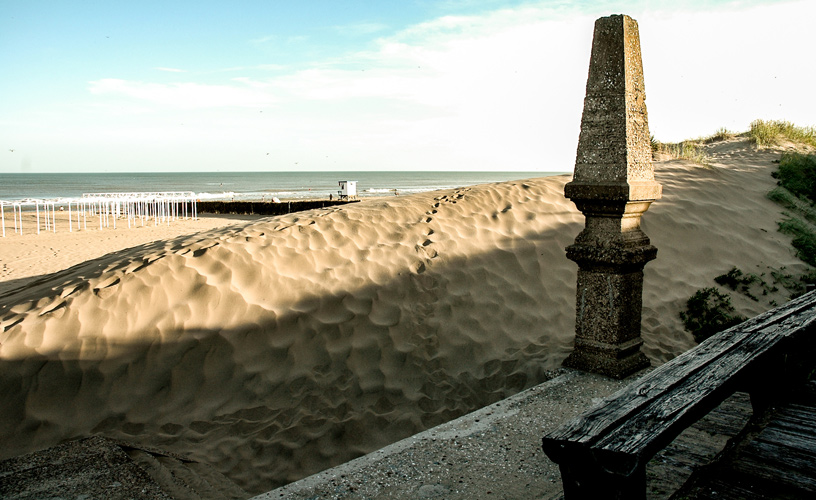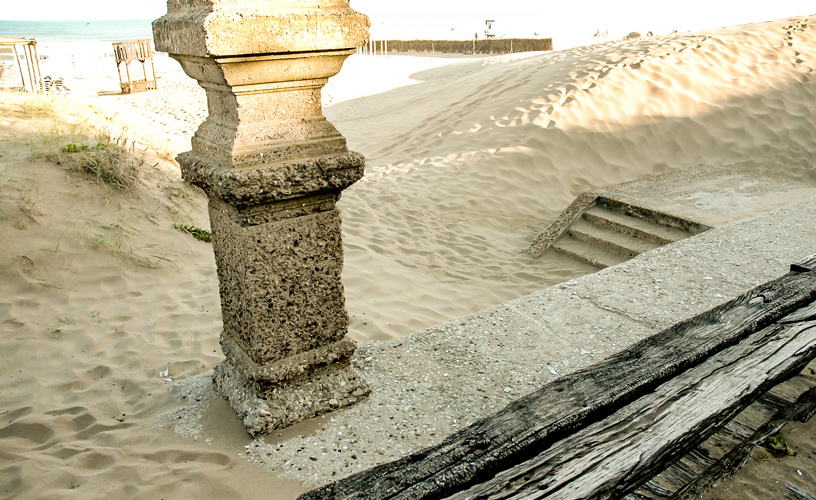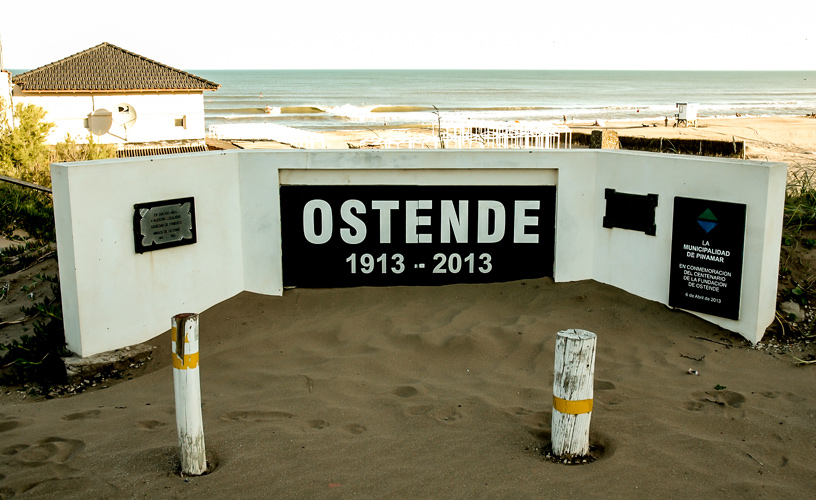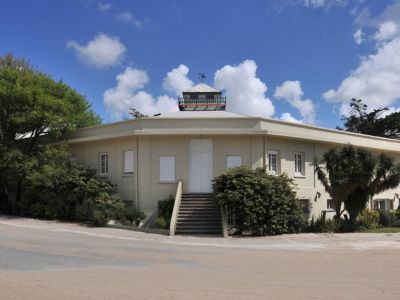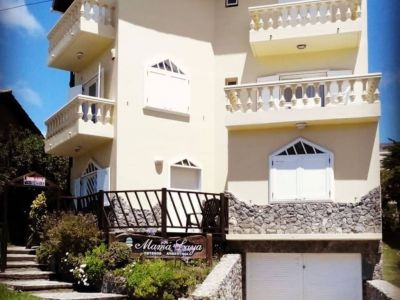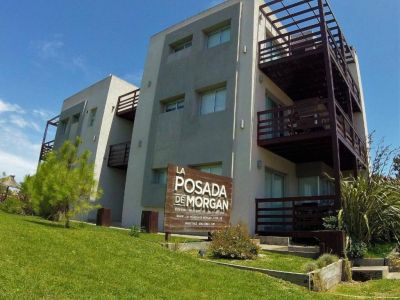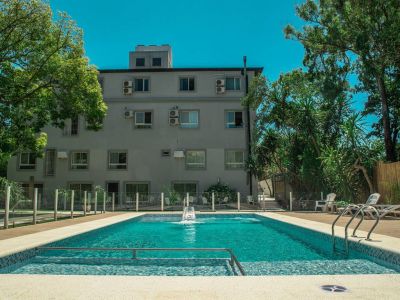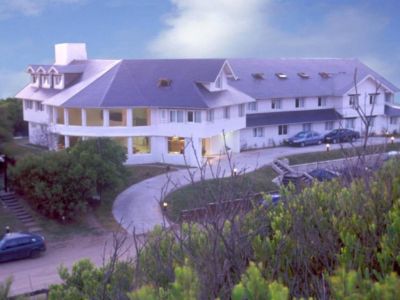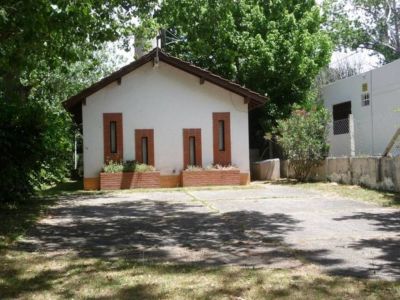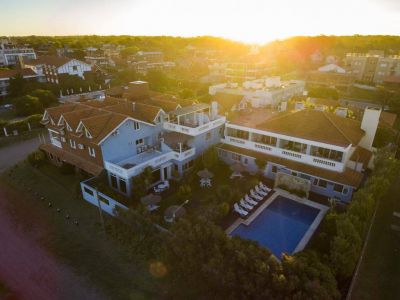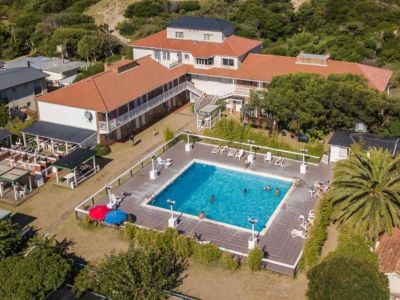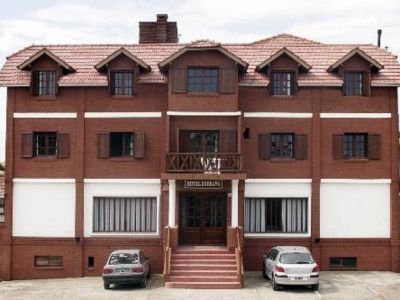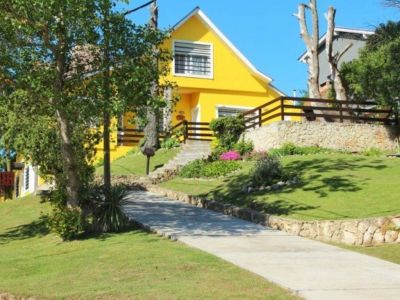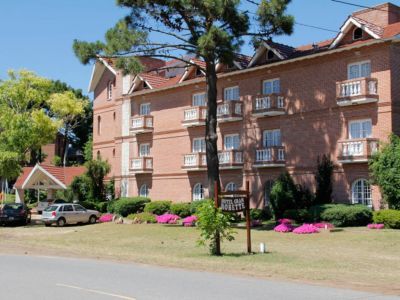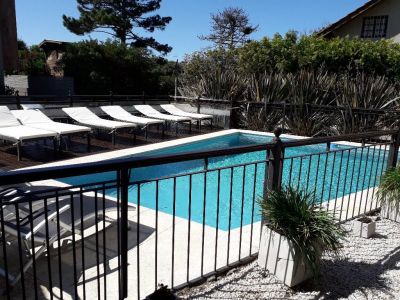There are several tracks of the early days of Ostende. The remains of an old promenade built with noble materials may still be seen and from them we can all deduct that its creators gave esthetic significance to this elegant city on the Atlantic.
As we walked around the southern area of Ostende, we reached the seafront and Nuestras Malvinas Street. Just one part of the monumental work carried out by a group of Belgians who landed on this zone in the early 1900s can be found there. Wishing to advertise a beach with European features at this fantastic location, they designed a project of great magnitude.
The project boasted an innovative urban grid, an ambitious ocean front that would join two beaches through footbridges made of concrete and dressing rooms below it and large staircases reaching the beach itself. Several first-class buildings and hotels as well as the necessary accesses for this place to be reached from other cities would have been raised.
The Old Promenade of Ostende
The capital and material necessary for its development arrived from Europe until the First World War began. It was then that the planning failed. The works stopped and the sand hills advanced. The wind and the sea slowly buried what had been constructed so far. Only the Ostende Hotel, then known as Thermas Hotel, remained standing.
But those who enjoy a good memory were not happy to end the story there. Before the end of the twentieth century, excavations were planned to dig up what we can see today. The top of this architectural structure of Gothic lines finished with pyramidal ornaments in the heights may be observed even from a long distance. In 1995, the whole set was declared Municipal Historical Site.
This story gives evidence of the determination the men coming from the other side of the Atlantic had. Those were the days on which everything was done slowly and distances were covered in spite of everything to fulfill an aim.
Standing in front of this sign of power, also known as Rambla de los Belgas (The Belgian’s Promenade), we imagined a sight second to none that would have been displayed for passers-by to see. Just a part of the structure, a few steps and two pyramid points are the proof of this emblematic event that happened over 100 years ago.
Mónica Pons
Pablo Etchevers
